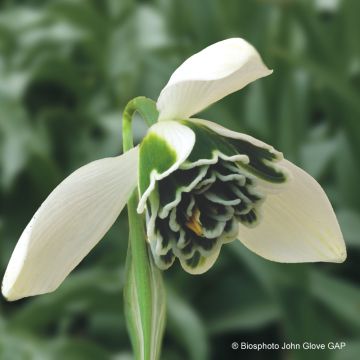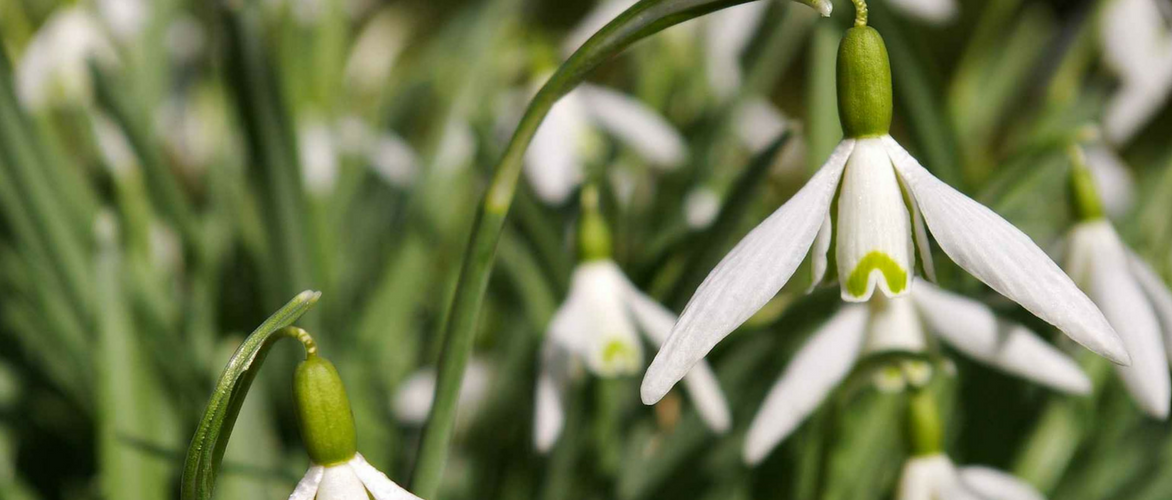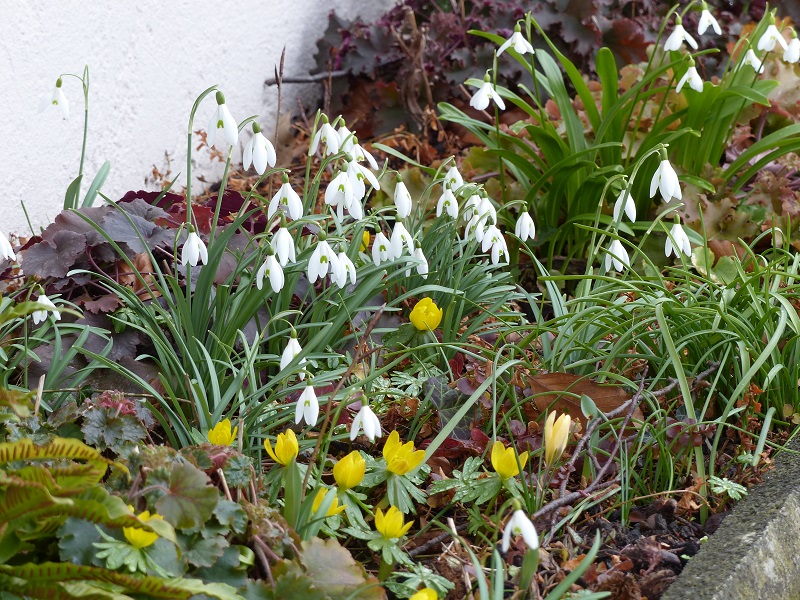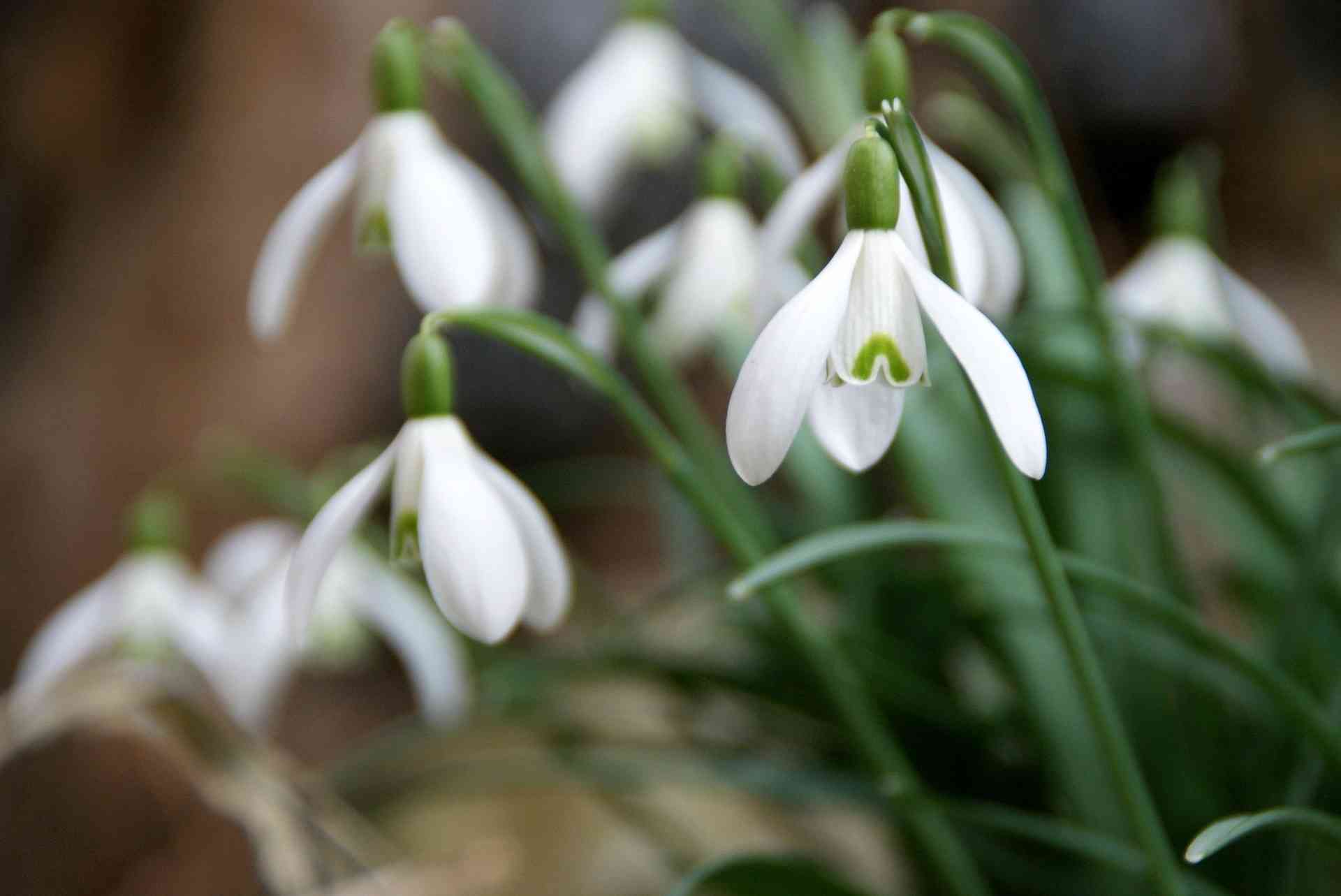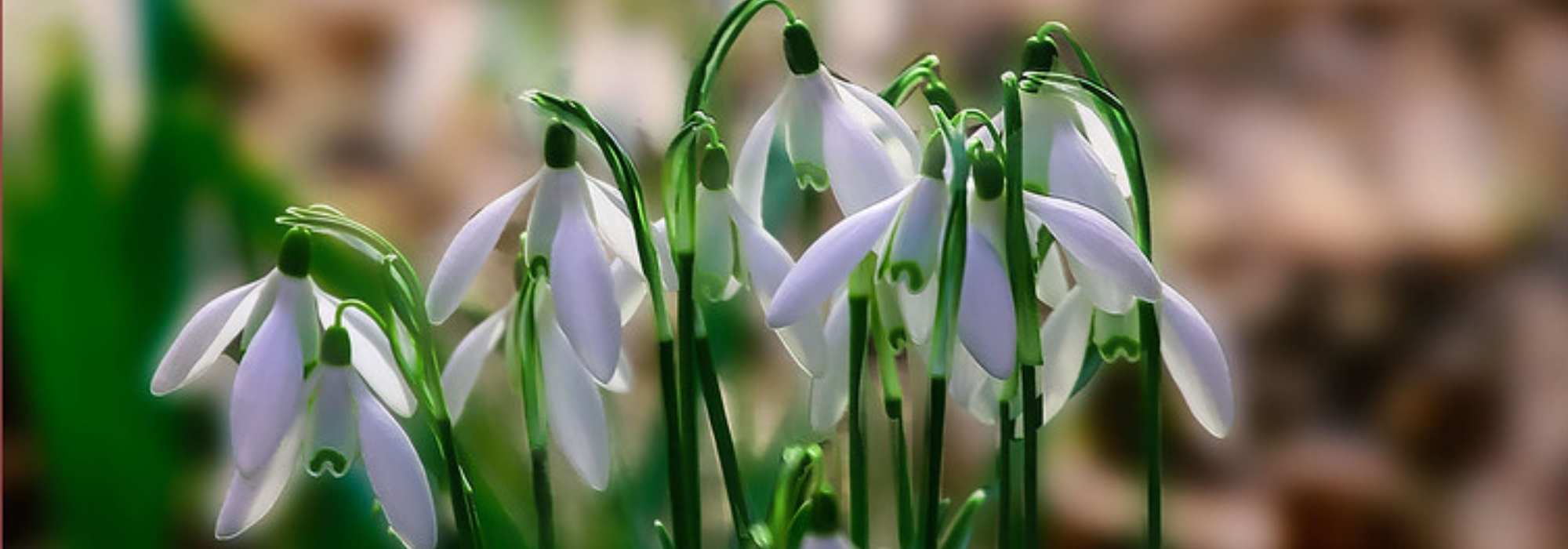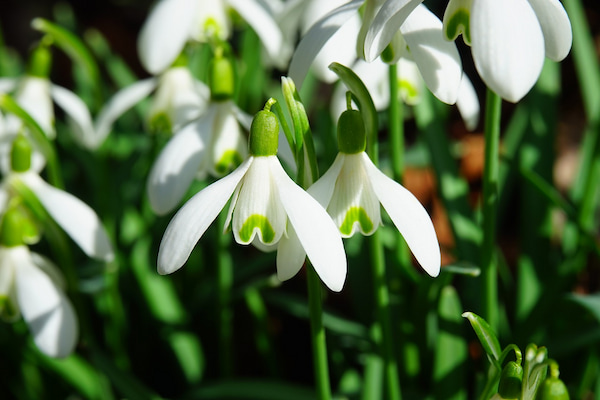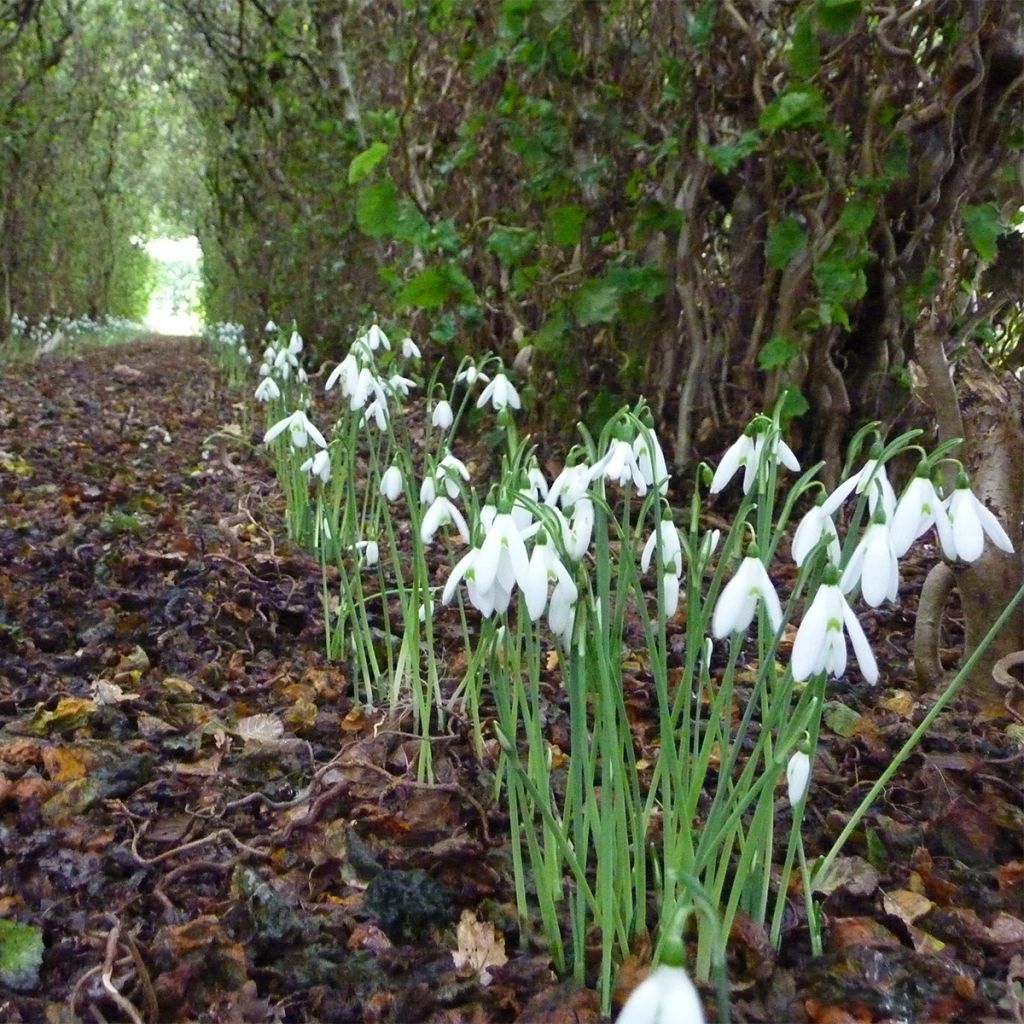

Perce-neige de la Reine Olga - Galanthus reginae-olgae
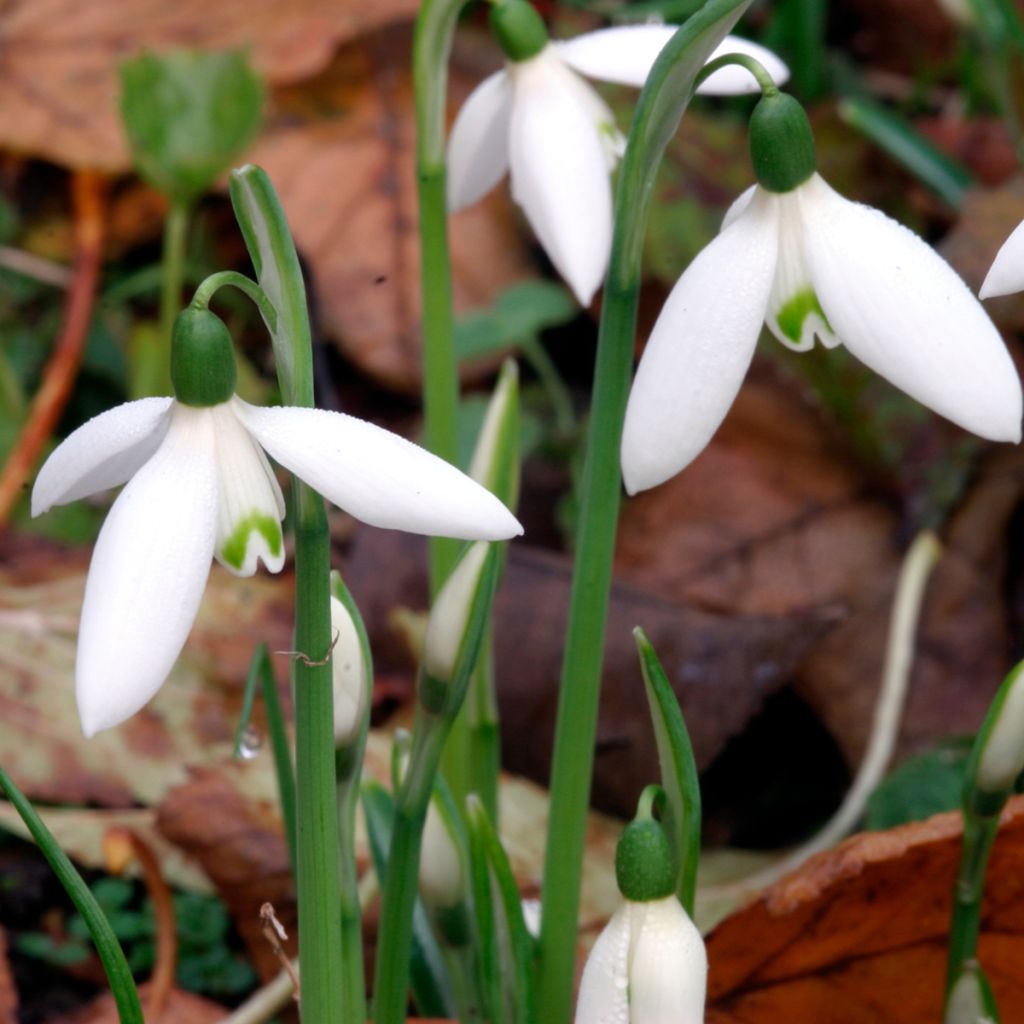

Galanthus reginae-olgae- Perce-neige
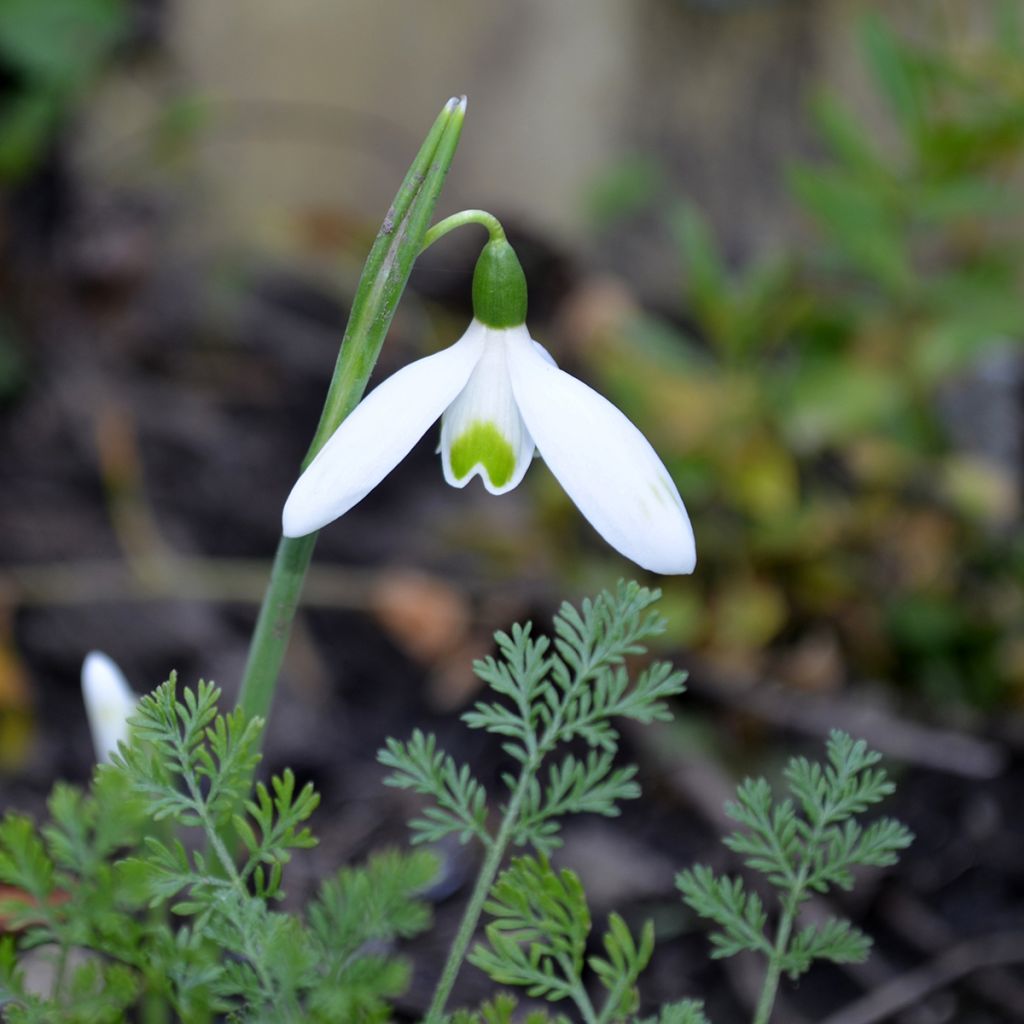

Galanthus reginae-olgae- Perce-neige
Galanthus reginae-olgae
Galanthus reginae-olgae
Regina's Snowdrop
Special offer!
Receive a €20 voucher for any order over €90 (excluding delivery costs, credit notes, and plastic-free options)!
1- Add your favorite plants to your cart.
2- Once you have reached €90, confirm your order (you can even choose the delivery date!).
3- As soon as your order is shipped, you will receive an email containing your voucher code, valid for 3 months (90 days).
Your voucher is unique and can only be used once, for any order with a minimum value of €20, excluding delivery costs.
Can be combined with other current offers, non-divisible and non-refundable.
Why not try an alternative variety in stock?
View all →This plant carries a 6 months recovery warranty
More information
We guarantee the quality of our plants for a full growing cycle, and will replace at our expense any plant that fails to recover under normal climatic and planting conditions.

Does this plant fit my garden?
Set up your Plantfit profile →
Description
The Galanthus reginae-olgae, commonly known as the Queen Olga's Snowdrop, is also called the Autumn Snowdrop, as it usually blooms in October, unlike the famous Galanthus nivalis with its white bells tinged with green, signaling the end of winter. This species is native to the Taigetos mountains in the Peloponnese region, and is relatively easy to grow wherever winters are not too harsh. It is worth trying for southern gardeners who cannot accommodate the classic snowdrop. Remember to plant the bulbs when they are dormant, and they will reward you with long white bells out of season, multiplying to form attractive clumps of silver-striped ribbon-like leaves that persist through winter.
The Galanthus reginae-olgae subsp. reginae-olgae is a perennial herbaceous bulbous plant in the amaryllis family that grows spontaneously in relatively dry undergrowth in Sicily, Greece, and former Yugoslavia. In these regions, it prefers slightly cool and shaded places exposed to the north, often in thick humus between limestone rocks, in narrow gorges, along with a small fern called Adiantum capillus-veneris. Its cold resistance is usually estimated at around -12°C (10.4°F). It is a small bulbous perennial plant that blooms in autumn, just as the leaves begin to emerge. This snowdrop forms attractive clumps and reaches a height of 15 cm (6in) when in bloom. The evergreen foliage consists of upright, ribbon-like leaves, 10-15 cm (4-6in) long, with a glaucous green colour, crossed by a prominent silver midline. Each flower stem bears an outward-facing flower inclined towards the ground. The flowers consist of 3 long white sepals, topped by a small white central corolla with green V-shaped markings on the outside. The flowers are fragrant and nectar-rich. The foliage turns yellow and disappears in spring, before the arrival of summer heat and drought. Snowdrops produce numerous bulblets that allow them to spread over time. The seeds are dispersed by ants.
The Galanthus reginae-olgae blooms at the same time as the autumn crocuses, such as Sternbergia lutea, the Naples cyclamen, and the Byzantine colchicum. It will thrive in a rockery, a sunny border, or a short grass meadow, but prefers humus-rich woodland areas. It can also be interesting to associate it with a small dry soil fern, which will occupy the space without smothering the snowdrops once their foliage has disappeared. This Snowdrop can be planted in many regions, in well-drained soil, but it dislikes excessively harsh winters and humid summers.
Galanthus reginae-olgae in pictures
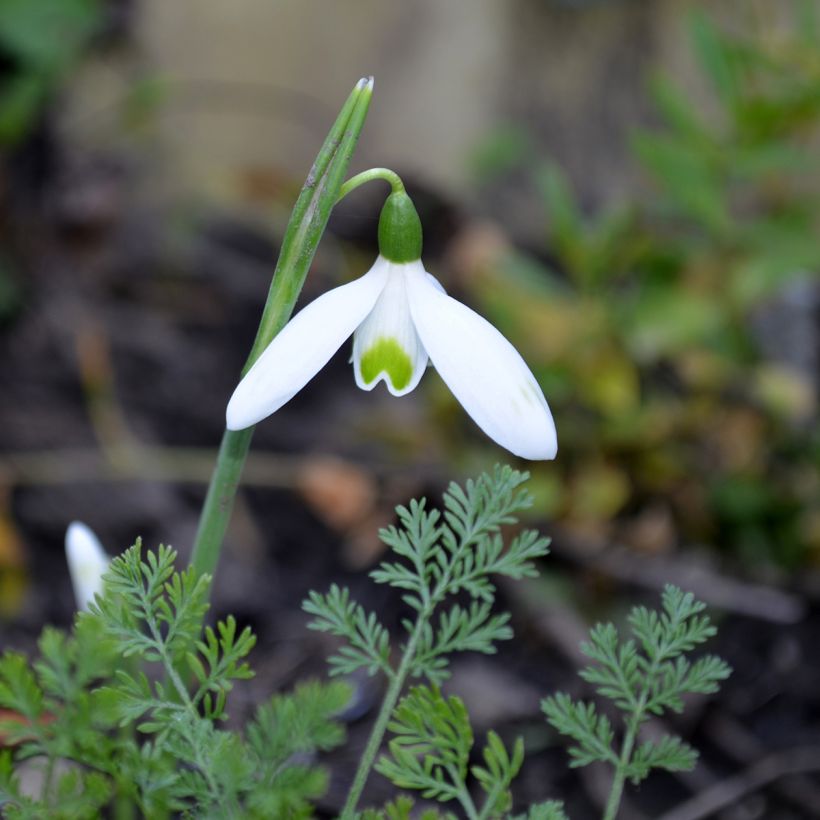

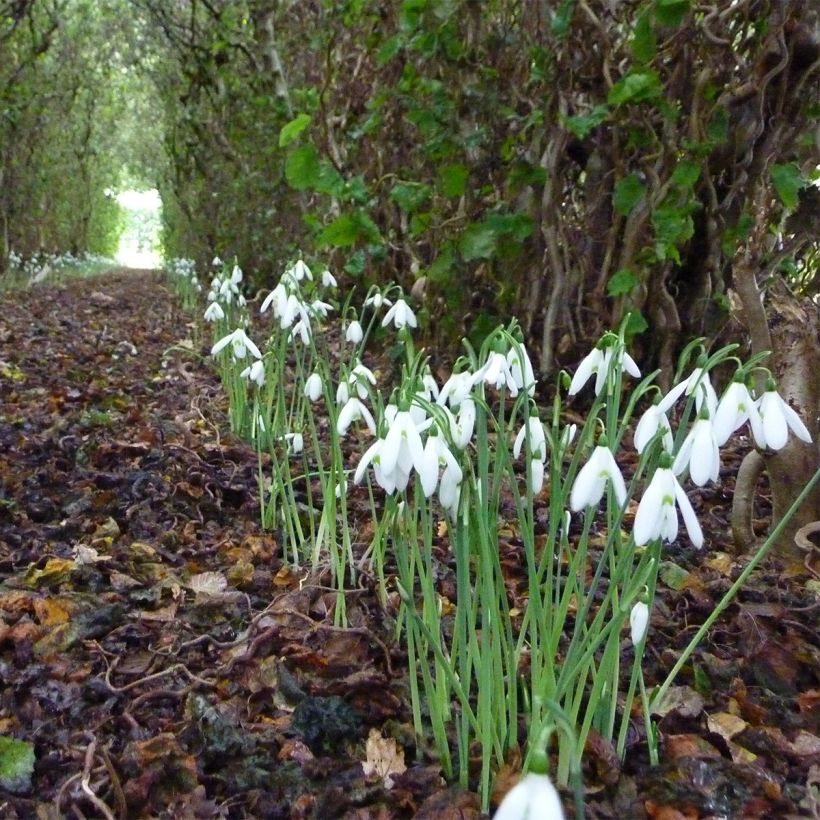

Plant habit
Flowering
Foliage
Safety measures
Botanical data
Galanthus
reginae-olgae
Amaryllidaceae (Liliaceae)
Regina's Snowdrop
Southern Europe
ingestion
Cette plante est toxique si elle est ingérée volontairement ou involontairement.
Ne la plantez pas là où de jeunes enfants peuvent évoluer, et lavez-vous les mains après l'avoir manipulée.
Pensez à conserver l'étiquette de la plante, à la photographier ou à noter son nom, afin de faciliter le travail des professionnels de santé.
Davantage d'informations sur https://plantes-risque.info
Planting and care
Plant autumn Snowdrop bulbs as soon as possible, ideally during the dormant period. Their hardiness is rated at -12 °C at the tip. Plant them 7 cm (3in) deep, spaced 5 cm (2in) apart, grouping them in sets of 15 or 20, at least. After that, the cultivation requires little care and we advise you to leave the clumps in place for several years. They will naturally proliferate.
Snowdrops appreciate contrasting climates and need a cold period to flower. They adapt to almost all soils, as long as they are well-drained and preferably rich in humus. These plants must not lack water during the growth period and they fear arid situations. The reginae-olgae species better tolerates dry summers than others, if the bulbs are planted in the shade. In the south, it is therefore advisable to plant them in a shaded location, while they tolerate direct sunlight very well in cooler regions.
Planting period
Intended location
Care
Planting & care advice
This item has not been reviewed yet - be the first to leave a review about it.
Haven't found what you were looking for?
Hardiness is the lowest winter temperature a plant can endure without suffering serious damage or even dying. However, hardiness is affected by location (a sheltered area, such as a patio), protection (winter cover) and soil type (hardiness is improved by well-drained soil).

Photo Sharing Terms & Conditions
In order to encourage gardeners to interact and share their experiences, Promesse de fleurs offers various media enabling content to be uploaded onto its Site - in particular via the ‘Photo sharing’ module.
The User agrees to refrain from:
- Posting any content that is illegal, prejudicial, insulting, racist, inciteful to hatred, revisionist, contrary to public decency, that infringes on privacy or on the privacy rights of third parties, in particular the publicity rights of persons and goods, intellectual property rights, or the right to privacy.
- Submitting content on behalf of a third party;
- Impersonate the identity of a third party and/or publish any personal information about a third party;
In general, the User undertakes to refrain from any unethical behaviour.
All Content (in particular text, comments, files, images, photos, videos, creative works, etc.), which may be subject to property or intellectual property rights, image or other private rights, shall remain the property of the User, subject to the limited rights granted by the terms of the licence granted by Promesse de fleurs as stated below. Users are at liberty to publish or not to publish such Content on the Site, notably via the ‘Photo Sharing’ facility, and accept that this Content shall be made public and freely accessible, notably on the Internet.
Users further acknowledge, undertake to have ,and guarantee that they hold all necessary rights and permissions to publish such material on the Site, in particular with regard to the legislation in force pertaining to any privacy, property, intellectual property, image, or contractual rights, or rights of any other nature. By publishing such Content on the Site, Users acknowledge accepting full liability as publishers of the Content within the meaning of the law, and grant Promesse de fleurs, free of charge, an inclusive, worldwide licence for the said Content for the entire duration of its publication, including all reproduction, representation, up/downloading, displaying, performing, transmission, and storage rights.
Users also grant permission for their name to be linked to the Content and accept that this link may not always be made available.
By engaging in posting material, Users consent to their Content becoming automatically accessible on the Internet, in particular on other sites and/or blogs and/or web pages of the Promesse de fleurs site, including in particular social pages and the Promesse de fleurs catalogue.
Users may secure the removal of entrusted content free of charge by issuing a simple request via our contact form.
The flowering period indicated on our website applies to countries and regions located in USDA zone 8 (France, the United Kingdom, Ireland, the Netherlands, etc.)
It will vary according to where you live:
- In zones 9 to 10 (Italy, Spain, Greece, etc.), flowering will occur about 2 to 4 weeks earlier.
- In zones 6 to 7 (Germany, Poland, Slovenia, and lower mountainous regions), flowering will be delayed by 2 to 3 weeks.
- In zone 5 (Central Europe, Scandinavia), blooming will be delayed by 3 to 5 weeks.
In temperate climates, pruning of spring-flowering shrubs (forsythia, spireas, etc.) should be done just after flowering.
Pruning of summer-flowering shrubs (Indian Lilac, Perovskia, etc.) can be done in winter or spring.
In cold regions as well as with frost-sensitive plants, avoid pruning too early when severe frosts may still occur.
The planting period indicated on our website applies to countries and regions located in USDA zone 8 (France, United Kingdom, Ireland, Netherlands).
It will vary according to where you live:
- In Mediterranean zones (Marseille, Madrid, Milan, etc.), autumn and winter are the best planting periods.
- In continental zones (Strasbourg, Munich, Vienna, etc.), delay planting by 2 to 3 weeks in spring and bring it forward by 2 to 4 weeks in autumn.
- In mountainous regions (the Alps, Pyrenees, Carpathians, etc.), it is best to plant in late spring (May-June) or late summer (August-September).
The harvesting period indicated on our website applies to countries and regions in USDA zone 8 (France, England, Ireland, the Netherlands).
In colder areas (Scandinavia, Poland, Austria...) fruit and vegetable harvests are likely to be delayed by 3-4 weeks.
In warmer areas (Italy, Spain, Greece, etc.), harvesting will probably take place earlier, depending on weather conditions.
The sowing periods indicated on our website apply to countries and regions within USDA Zone 8 (France, UK, Ireland, Netherlands).
In colder areas (Scandinavia, Poland, Austria...), delay any outdoor sowing by 3-4 weeks, or sow under glass.
In warmer climes (Italy, Spain, Greece, etc.), bring outdoor sowing forward by a few weeks.






























